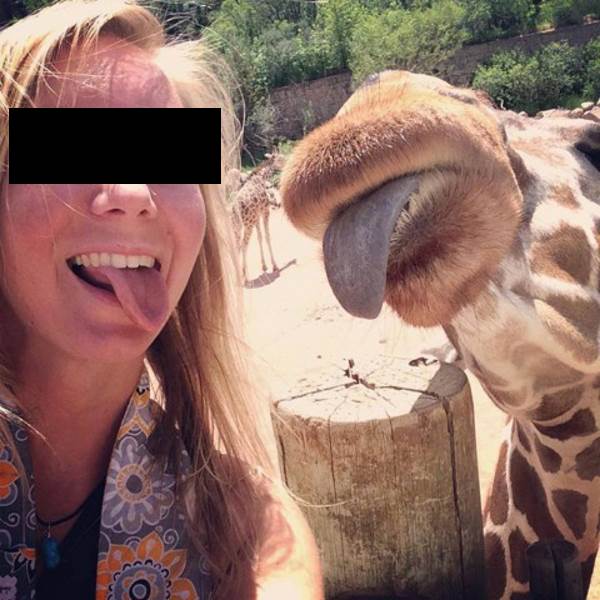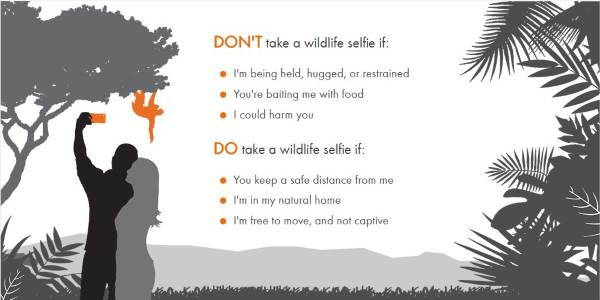The answer comes from World Animal Protection: a photo can also kill because it hides stress, suffering and abuse on wild animals. It's not just the selfies with drug-addicted tigers that worry, but all the shots in the company of animals that shouldn't be in your arms.
He is about to end up run over, his mother saves himWhat lies behind a selfie with wild animals? We should ask ourselves before taking a photo to share on social networks to grab some likes.
The answer comes from World Animal Protection: a photo can also kill because it hides stress, suffering and abuse about wild animals. It's not just the selfies with drug-addicted tigers that worry, but all the shots in the company of animals that shouldn't be in your arms.
Su 34 billion of images posted on Instagram by 700 million people 'there are tens of thousands of selfies with animals'. A phenomenon that alarms World Animal Protection because the increase in selfies of this type was 292%.
The situation has not been under control for some time, because tourism has become increasingly invasive in the Amazon rainforest, therefore it is not uncommon to see people smiling next to snakes or exotic animals in general.
According to the association, the specimens are often "victims of abuse, kept in dark cages for hours or tied to ropes, and then pulled out for the occasion". Among the most popular are the anaconda or small crocodiles which, for a coin, are pulled out of the cells.

Without forgetting the caged sloths then placed on the shoulder of children and more reptiles, turtles, Australian Koalas and many other specimens that live all over the world.
This #WorldAnimalDay, sign up to our Wildlife Selfie Code, and commit to cruelty-free selfies: https://t.co/AGCyjwl0M7 pic.twitter.com/vehH1mX4aU
— Animal Protection (@MoveTheWorld) 4 ottobre 2017
The association says in a note:
“Sometimes the 'owners' use violent methods of training animals just to make them harmless and safe in case of selfies. They numb them. It is distressing. Yet if managed properly, wildlife tourism can be good for the environment and good for the animals themselves. It can contribute to the conservation, the creation of natural reserves and improve their well-being ”.
If already social networks like Tinder, they said stop to selfies with tigers, the road is still uphill. For this reason World Animal Protection invites all governments to promote an awareness campaign for tourists and contact the main social networks such as Twitter and Facebook to ask for any censorship.
But not only that, the association launches its own “Selfie code”, a code-petition published online in which it explains how to behave in the presence of animals to avoid errors.

On the same topic, you might be interested in:
- THAT DOLPHIN THAT WOULD DIE FOR A SELFIE: WHAT (NOT) A RESPONSIBLE TOURIST SHOULD DO
- STOP SELFIE WITH TIGERS! THE TURN OF TINDER
- THE SHOCKING IMAGES OF ANIMALS DRUGGED AT THE ZOO TO MAKE A SELFIE WITH THE VISITORS (PETITION)
And among these there is certainly that of giving up taking pictures with animals in their arms or if they are tied up and in precarious conditions and while being given food. The right shot is the distant shot of a free animal in its natural habitat.
Dominella Trunfio
Gallery


























